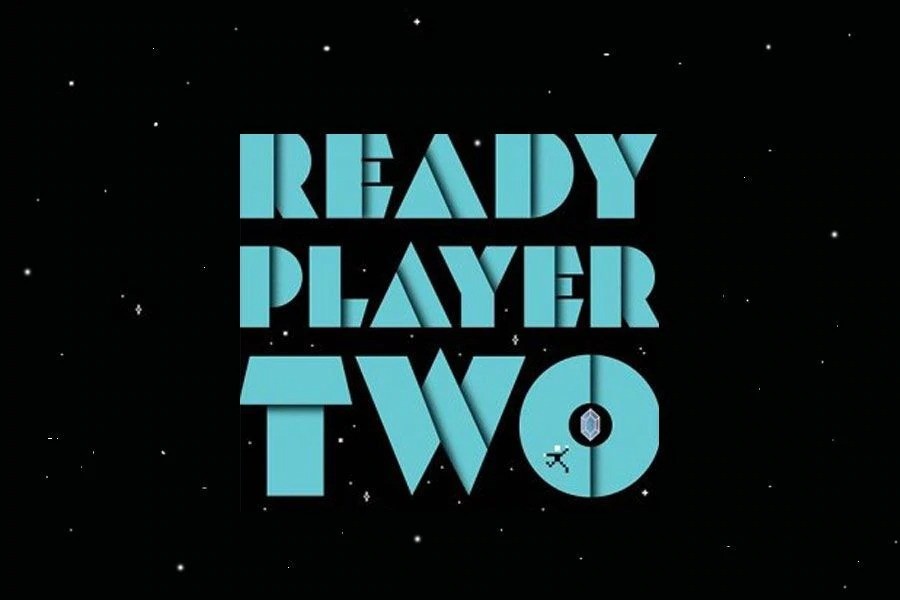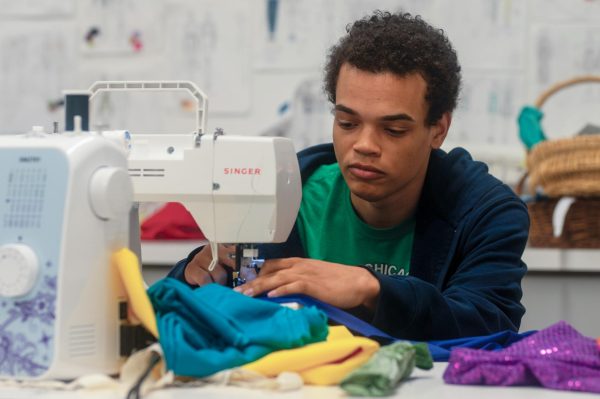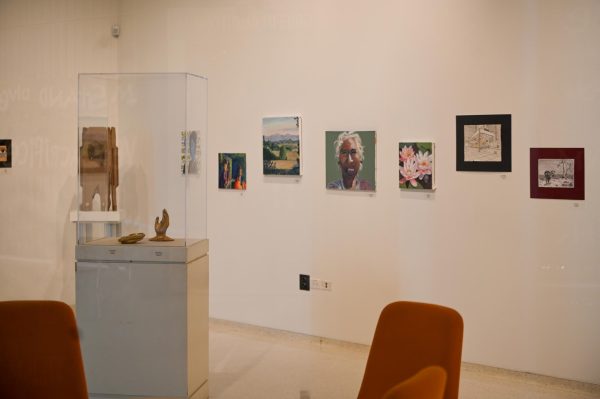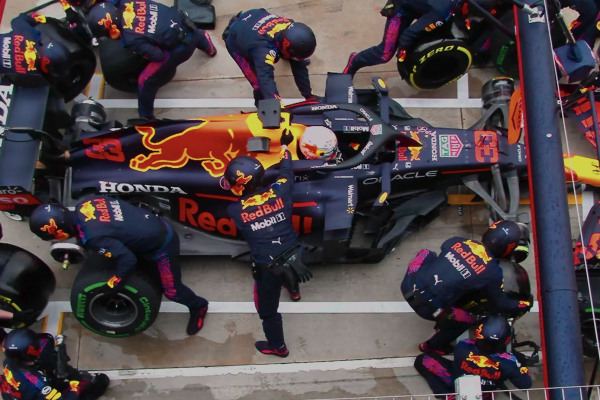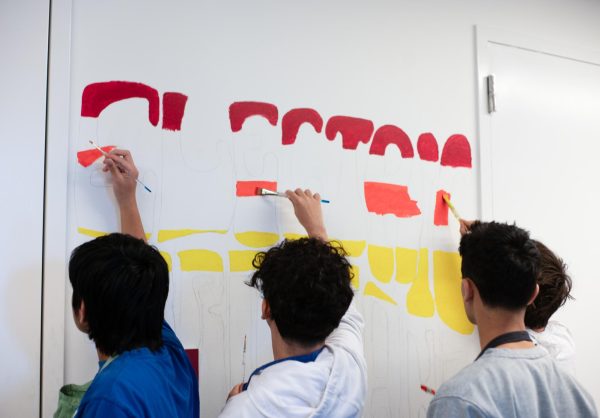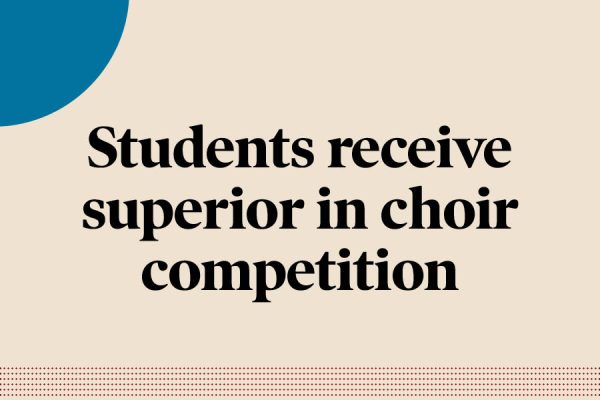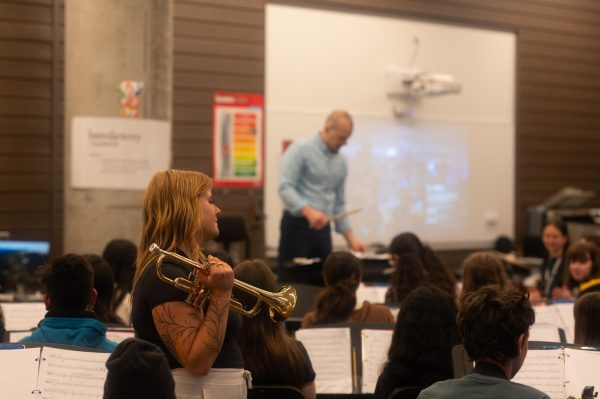Ernest Cline’s “Ready Player Two” may not be the sequel people expected
Ernest Cline delves into the world he has created with his book “Ready player one,” but may not have delivered what people were enticed to read.
With the progress of virtual reality technology and its quality, it is easy for users to feel more and more like they are in control in a different dimension, lost and distracted from the real world. The OASIS in Ernest Cline’s “Ready Player Two” is a virtual multiplayer environment that has reached full virtual immersion, where reality has reached the point of being nearly identical to the simulation but without the limits of a human body. Because of this, the virtual environment has become more meaningful to the average person than their real life, becoming an escape from their declining reality that is literally around them.
Despite the interesting and thought-provoking framework around “Ready Player Two,” its plot fails to deliver enough depth to hold its storytelling together in a logical and understandable way. Instead, there is more technology, more scavenger hunts, more dangerous villains and more pop culture references.
The book begins right where its precursor, “Ready Player One,” left off. After winning the founder’s prestigious virtual reality scavenger hunt to become billionaire co-owners of the company that owns the OASIS, young adult Wade Watts and his three other accomplices have a quick turnaround into another potential life-changing journey through the same virtual world. Forced to use their teamwork and incredible knowledge of pop culture, the four must complete another dangerous scavenger hunt while facing a new foe willing to sacrifice the life of millions for his desires — with the fate of the world in the balance, of course.
Now the reader is forced to read the point of view of a snobby, 18-year-old billionaire with little to no responsibility over the technology that controls what direction the world is heading. This behavior repeats throughout almost the entire story and becomes uninteresting and unsatisfying to a mostly recycled plot.
What is immediately noticeable about Wade is his constant annoying immaturity. He acts based on feelings and selfishness and shows little signs of awareness to others, leading his brash decision-making to set the course of the story downward immediately. This is a frustrating point of view given that he supposedly matured since his last life-threatening adventure but appears to have learned nothing. Now the reader is forced to read the point of view of a snobby, 18-year-old billionaire with little to no responsibility over the technology that controls what direction the world is heading. This behavior repeats throughout almost the entire story and becomes uninteresting and unsatisfying to a mostly recycled plot.
Another distinctive part of the novel is its high dependence on pop culture references. There are hundreds to thousands of pop culture references laid throughout the whole book — guaranteed at least two or three on each full page. When someone understands the references it probably feels relatable and enjoyable to interpret. However, there are some very important and time-consuming parts of the main quest that involve spinoffs and recreations of popular movies, literature and music that will drag on and feel less valuable of a read if the references are understood. It not only tests the knowledge of the characters, but also the reader and it can be quite frustrating if your knowledge isn’t up to par with what storyline is being recreated or what items are being given value and why.
Finally, writer Ernest Cline demonstrates a vivid imagination of where technology could realistically lead Earth and draws plenty of ethical situations out of the reader in doing this. While avoiding specific details of the technology in the book, I will say that these ideas are easy to stick around and contemplate. They also provide some positive creativity and awareness to our planet among important world issues and it does help see things from a broader, more universal perspective.
So while the plot may be repetitive, frustrating and may be missing key elements to improve its depth, “Ready Player Two” at least provides a creative world of thought in which to see through — and maybe a couple of understandable references along the way.
This book is available for curbside pickup through the Pritzker Traubert Family Library.



